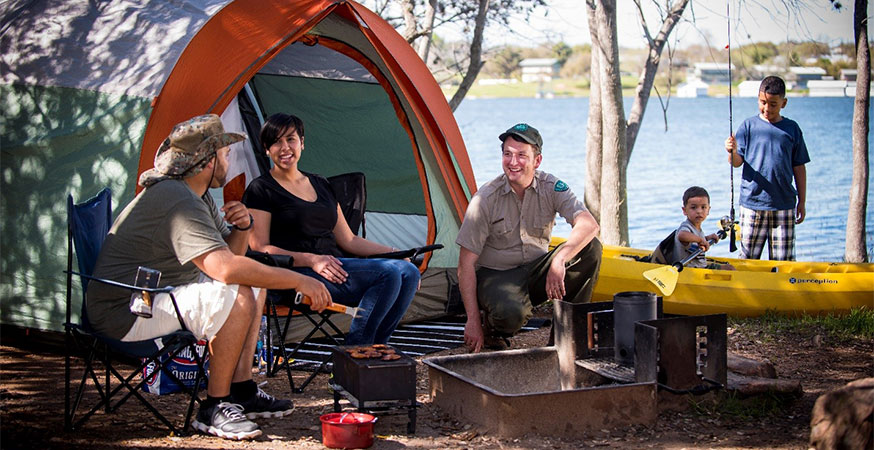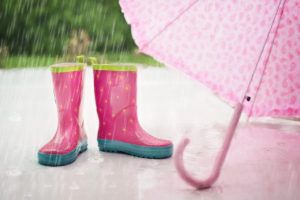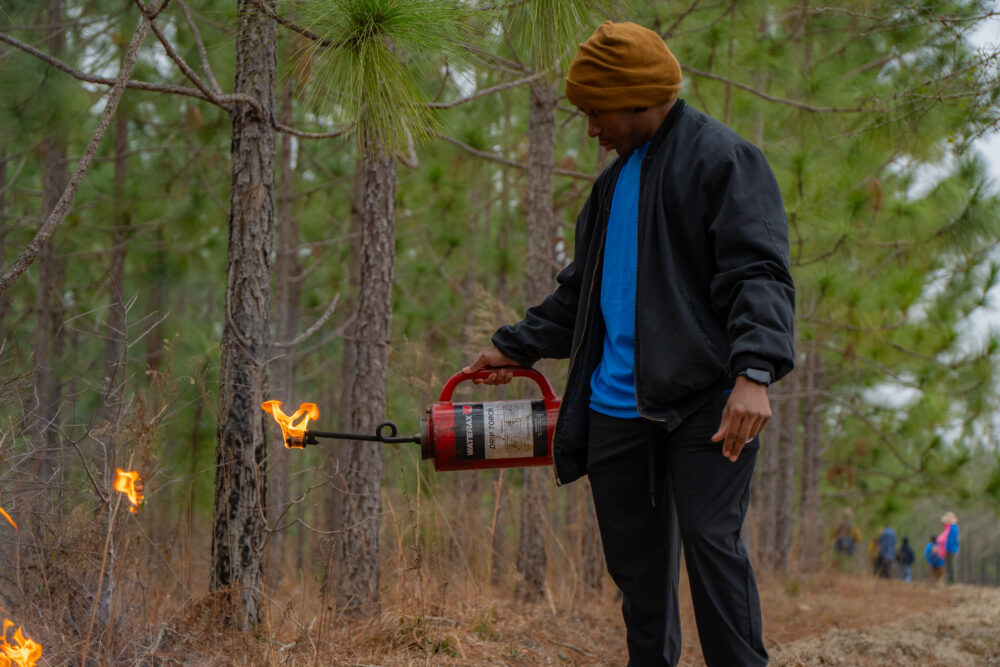We have much more to do and your continued support is needed now more than ever.
Camping in Unfavorable Weather: What to Pack

As summer approaches, have you and your family or friends group begun to feel the beckoning of the outdoors? With the cooler temperatures of the winter months now mostly behind us, our bodies and minds may begin to desire to spend extra time outside, enjoying natural breezes and feeling the sunlight on our skin.
With the changing seasons, oftentimes we see interesting and wetter weather systems pass through. For this reason, we must keep a vigilant eye on the weather forecast as we plan outdoor adventures to ensure a safe and enjoyable time.
 Knowing the weather forecast is important for many reasons – most specifically to ensure the safety and preparedness of those getting outside. As the Leave No Trace ethics will remind us, the first expectation and principle to having a successful outdoor adventure is that we Plan Ahead and Prepare for our anticipated experiences.
Knowing the weather forecast is important for many reasons – most specifically to ensure the safety and preparedness of those getting outside. As the Leave No Trace ethics will remind us, the first expectation and principle to having a successful outdoor adventure is that we Plan Ahead and Prepare for our anticipated experiences.
This etiquette applies to simple afternoon trips to local parks or to weekend long campouts at a destination that may require travel away from home and away from the personal resources we’re used to at home. To expand on Plan Ahead and Prepare, it is suggested that folks consider what their resource needs may be in the field and to carry along only what is needed on the trip. By not having to take or borrow from the environment, campers will minimize their impact on their campsites.
Wind, precipitation, and temperatures are significant factors to consider for camping trips because you will be away from the comforts of home. Typical campsites and campgrounds usually offer resources for a great evening away, but having resources on hand is what brings the evening together for success and wonderful memories with friends or family.
Let’s take a look at what you’ll need to camp, especially in unfavorable weather:
Tent
All tents are not created equally when considering their weather resistance. Before heading to the trail or campsite, familiarize yourself with your tent by doing the following:
- Know the level of water resistance that your tent includes
- Know how to set up the tent with ease
- Make sure to pack the poles and proper number of stakes
- Check the body of the tent to make sure there are no holes or tears
- Ensure that the rain fly is complete, without damage. An effective rain fly will shield you from penetrating rain and can deflect breezes away from tent occupants
- If heavy rain is predicted, bring a spare tarp to put down on the ground below your tent to keep your equipment clean when you have to put it away and to direct water away from your tent bottom if the precipitation gets heavy
- If you’re trying to keep the mud, sand, and dirt outside of your tent and off your shoes or boots, bring a door mat to use and keep it outside your tent door.

Firewood
Firewood can be purchased and brought along instead of collected from the natural environment, a behavior that is often against the rules in many shared public lands. Check with your campsite for local regulations prior to arrival.
Sleeping bag
One of the most important items to pack for a camping trip is a sleeping bag. Find a sleeping bag rated for the projected low and or high temperatures of the area in which you’re going to camp. Most sleeping bags will come with a temperature rating for safety, and suggest the conditions that the bag will keep a user safe and comfortable in when used in a dry setting. To be safe, consider your own sleeping preferences at home with heat and chills. You can check out different sleeping bags that may provide you a few extra degrees of comfort and still meet your budget.
Blankets
Also, never hesitate to take an extra blanket that can be used for insulation against the ground or cool breezes in the overnight hours! It may not be a necessity, but if you have it when your body asks for it, it will be appreciated!
Other Items
A few other items to pack are good, consistent, and ankle-strong footwear, full bottles of water for each individual, snacks, a list of what wildlife is in the area, maps of your camping location, and warmer clothing options or rain preparations should adverse weather arrive. Additionally, a spare pair of clean wool socks will be helpful if you are trying to keep your toes and feet warm inside of your sleeping bag when the temperatures drop just a bit out of the comfort zone.
Note: the amount of these items should increase depending on the amount of time anticipated in the field. A person or group may pack differing amounts depending on whether the trip is going to last a day or a week.
For additional resources, including emergency plans, setting a hopeful camping agenda and opportunities that make your first adventures really easy, check back to future blog posts that will provide additional suggestions for planning your adventure into the outdoors with safety, preparedness, and fun in mind when camping with loved ones!
Pledge to CampJoin us outdoors and pledge to be a part of the Great American Campout!
 About the Author: Robert Owen, Texas State Parks Outdoor Education Ranger
About the Author: Robert Owen, Texas State Parks Outdoor Education Ranger





















